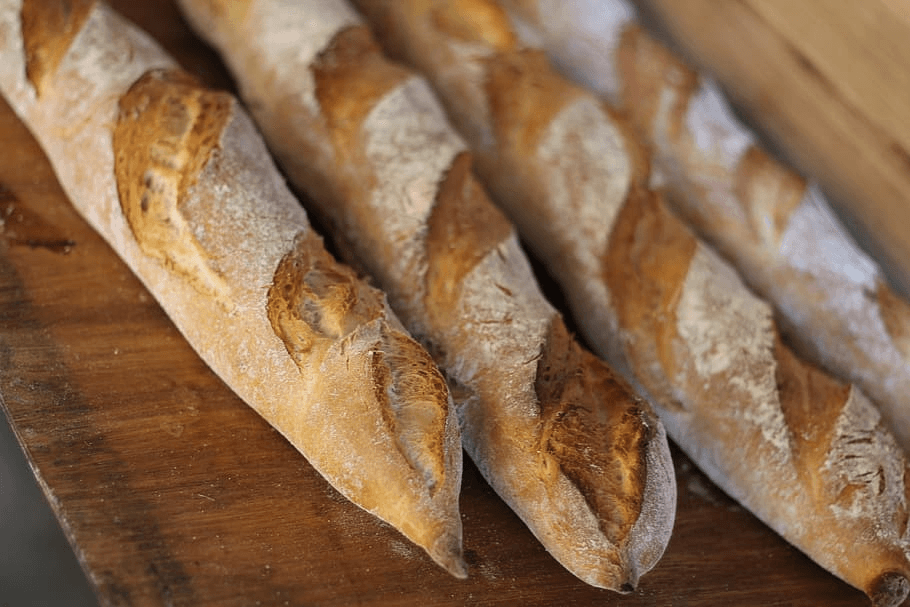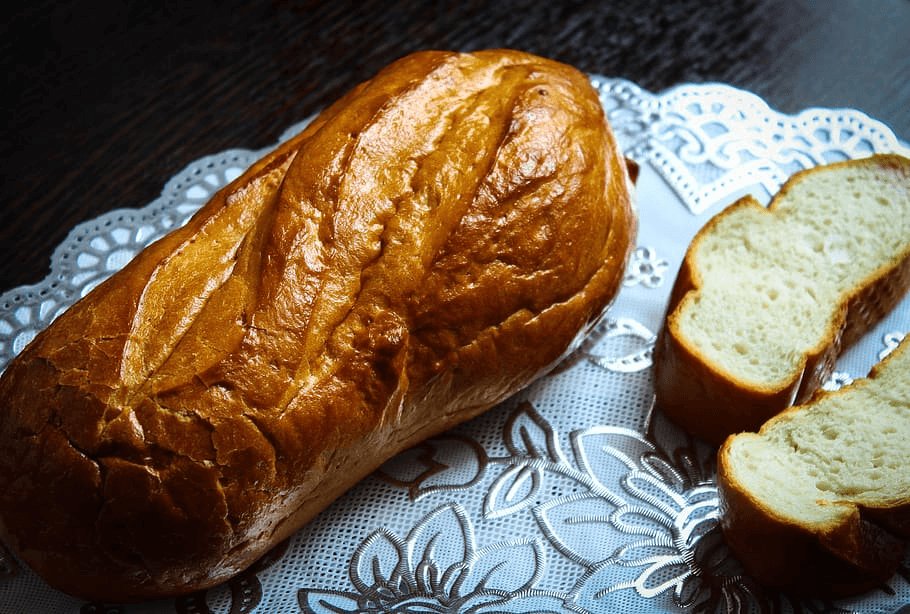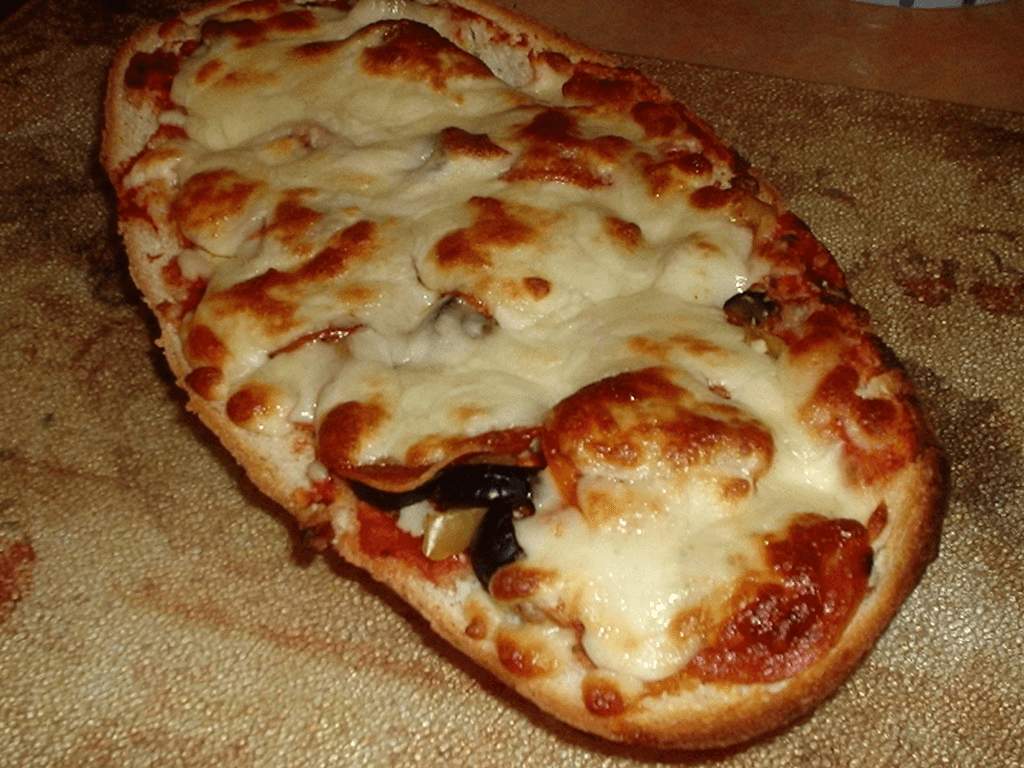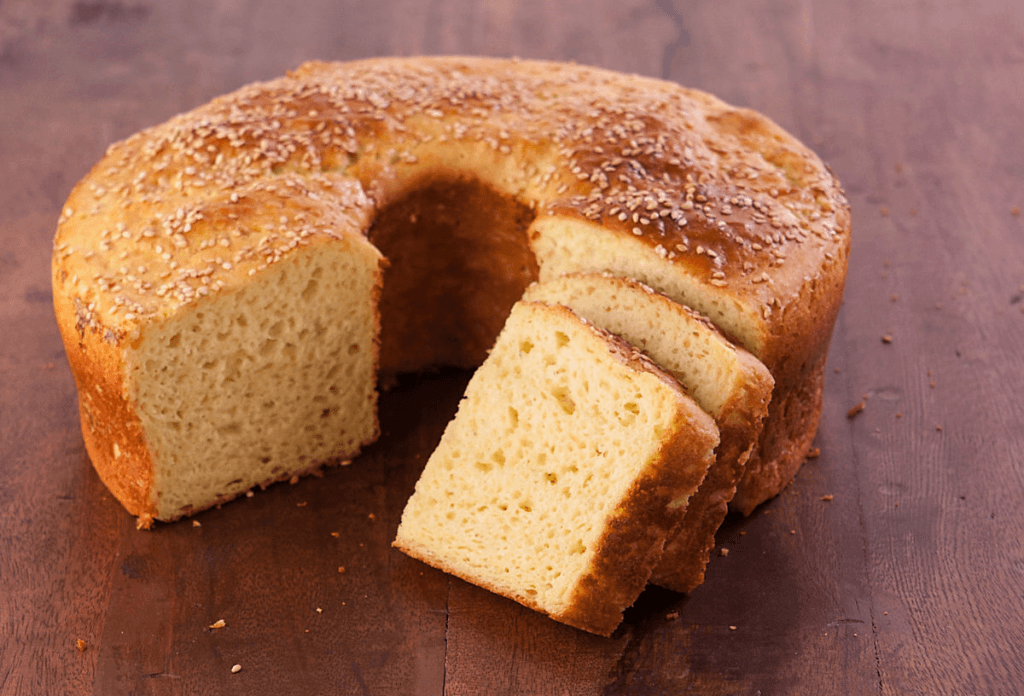Imagine warm, crusty loaves that boast the signature elegance of French cuisine. Now, are these bread safe for your gluten-free lifestyle?
Traditionally, no. All breads from wheat flour are not celiac-friendly. But lucky you, we’ve compiled a list of gluten-free French bread recipes for you to enjoy.
All have used wheat flour alternatives to cater to your dietary need, yet still capturing the essence of traditional French baking. So, get your apron ready, and let’s dive into the delicious world of gluten-free baking.
Table of Contents
Common Ingredients in Gluten-Free Flour
When baking celiac-friendly bread, you’ll often find ingredients such as rice flour, tapioca flour, potato starch, and xanthan gum in a gluten-free bread flour blend.
These are all safe alternatives that cater to those with gluten sensitivity. Each ingredient plays a unique role in achieving that perfect bread dough of French bread.
| Ingredient | Role | Safety |
|---|---|---|
| Rice Flour | Provides structure | Safe for all gluten-free diets |
| Tapioca Flour | Adds chewiness | Safe, but can cause allergies in some |
| Potato Starch | Provides moisture | Safe for most, caution for those with nightshade intolerance |
| Xanthan Gum | Mimics gluten’s elasticity | Generally safe, but can cause digestive issues in some |
Remember, everyone’s body reacts differently. Always pay attention to how your body responds to different ingredients.
Gluten-Free French Bread Recipes
Want to explore the realm of gluten-free bread recipes of French people?
From a gluten-free French baguette perfect for your dinner table, a crusty loaf style that gives you that authentic French bakery feels, to a sourdough variation that adds a tangy twist.
Don’t forget the hearty Multigrain variation and a fun French bread pizza variation for a creative dinner option.
Do you want to upgrade these bread recipes to a hearty snack? Check out our Gluten-Free Garlic Bread Recipes and turn your bread into one!
Gluten-Free Baguette Style

Let’s start with a classic: the gluten-free French baguettes that are as delectable and fancy as their glutenous counterpart.
With its refined baking process and techniques, this gluten-free baguette recipe requires a gentle touch in wet dough handling. But don’t worry; it’ll be a piece of cake once you’ve become familiar with the process.
- First, mix your gluten-free flour with other dry ingredients. This includes yeast, sugar, and xanthan gum.
- Be mindful of your measurements; precision is key in baking.
- Don’t forget the xanthan gum; it’s essential for binding the ingredients together in gluten-free baking.
- Next, slowly add the wet ingredients to make a wet dough. This includes warm water, olive oil, and eggs.
Remember, be careful not to overmix; you want a dough that is smooth, not dense. Finally, shape your dough into elongated baguettes.
Also, practice makes perfect; achieving the perfect baguette shape might take a few tries. If shaping a dough is challenging, you can always use a baguette pan to keep your baguette in shape.
With patience and care, you’ll be enjoying your homemade gluten-free baguettes in no time.
Gluten-Free Crusty Loaf

Now, do you want an easy-to-make and versatile bread that goes well with everything? This crusty loaf recipe is just for you.
This gluten-free French bread is as rustic and hearty as they come. You’ll appreciate the crunchy crust and the soft, delicate crumb that’s simply irresistible.
To achieve this masterpiece, you must master:
- Loaf shaping techniques. Artfully shaping your loaf can create a bakery-worthy finish that’s visually appealing and practical for even baking.
- Yeast selection. Picking the right yeast is crucial for that beautiful rise and airy texture. A quick-acting yeast is your best bet for this recipe.
- Patience. Allow your dough to rest and rise. It’s a waiting game, but your safety and health are worth it.
Once you got a freshly-baked bread, you can pair it with hot cocoa and dairy-free butter for a hearty snack. Got a leftover? Well, you can easily make garlic bread out of it!
Get ready to fill your kitchen with the enticing aroma of fresh, crusty gluten-free French bread!
Gluten-Free Sourdough
Next up, we’re exploring a sourdough variation that will make your taste buds dance with delight. This gluten-free French bread recipe is perfect if you’re craving that unmistakable tangy flavor of sourdough yet still need to stick to a gluten-free diet.
First, let’s discuss some Sourdough Starter Tips:
- Make sure to feed your starter regularly to keep it active.
- Use filtered, room-temperature water for the best results.
- Keep the starter in a clean glass jar with a loose lid, allowing it to breathe.
Now, onto flavor enhancements. Incorporating honey or apple cider vinegar can amplify sourdough’s tanginess. You can also experiment with herbs like rosemary or thyme to add a unique twist.
Gluten-Free Multigrain

Diving right into our multigrain variation, you’re in for a wholesome treat with this recipe. This gluten-free French bread is not only nutritious but also packed with flavor.
Let’s discuss the multigrain benefits:
- Rich in Fiber: Multigrain bread contains several grains like quinoa, brown rice, and millet, packed with health-boosting dietary fiber.
- Heart-Healthy: The mix of grains can help reduce cholesterol levels, promoting heart health.
- Energy Booster: These grains are a great source of complex carbohydrates, providing sustained energy.
- Gut-Friendly: The fiber content aids in digestion, contributing to a healthy gut.
When choosing grains, opt for organic, whole grains for maximum health benefits. Experiment with different combinations to find your perfect mix.
Gluten-Free French Bread Pizza

@N00/187975503/
Switching gears, let’s talk about a fun, tasty variation— the French Bread Pizza.
This recipe transforms your gluten-free French bread into a delicious, crunchy pizza base, perfect for piling on your favorite pizza toppings.
Here are a few tips to make the best French Bread Pizza:
- Choose your pizza toppings wisely. Load up on veggies for a healthier option, or stick to traditional toppings like cheese and pepperoni.
- Pre-bake your French bread for a few minutes before adding toppings. This ensures a crispy base.
- Use a pizza stone if available, as it gives the best results.
- Experiment with different cooking methods: try grilling for a smoky flavor.
- Ensure all ingredients are gluten-free, especially if using packaged sauces or meats.
Do you want to pair it with something delicious and gluten-free? We have a list of Gluten-Free Ravioli Recipes you can follow for a satisfying meal.
History of Gluten-Free Baking

Historically, gluten-free baking wasn’t as prevalent as it is today, given the lack of awareness and resources available.
However, ancient baking techniques did exist that were naturally gluten-free. Across cultures, folks utilized grains like millet, sorghum, and corn to create bread and pastries.
As knowledge spread about gluten intolerance and celiac disease, the demand for gluten-free options grew. This sparked worldwide adaptation of these ancient techniques, with modern tweaks to improve texture and taste.
Today, you’ll find a wealth of gluten-free recipes, including delightful French bread, that are safe and delicious for everyone to enjoy.
Importance of This Healthy, Gluten-Free Recipe
Embracing this wholesome, dietary-friendly recipe is essential for those with specific dietary needs and anyone seeking a nutritious and tasty alternative to regular bread.
Gluten intolerance awareness is on the rise, and going gluten-free can bring health benefits even for those without sensitivity.
Trading traditional bread for this gluten-free French bread means you’re opting for a diet that reduces inflammation, increases energy levels, and aids in weight loss. That’s the power of a gluten-free diet.
Plus, this recipe doesn’t sacrifice the taste or texture you love in your crusty loaf. It’s a win-win situation of health and enjoyment.
What Makes These Recipes Gluten-Free and Delicious
It’s the careful selection of ingredients makes these recipes both gluten-free and incredibly tasty. The gluten-free benefits are immense, especially for those with gluten intolerance or celiac disease.
Instead of wheat flour, these recipes carefully incorporate gluten-free flours like rice, almond, or coconut flour. They provide the bread with its traditional structure while ensuring it fits into a gluten-free diet.
The key to flavor enhancement lies in the use of natural, aromatic ingredients. Think fresh garlic, rosemary, and sea salt for that authentic French bread taste.
A touch of honey or agave syrup can add a subtle sweetness that complements the savory flavors.
Expert Tips
To make the most of your baking experience, you’ll need a few expert tips to ensure your bread turns out just right.
Firstly, choose gluten-free substitutes wisely.
Xanthan gum or psyllium husk is great for binding and adding structure, mimicking the elasticity of gluten. Mixing brown rice flour, potato starch, and tapioca flour often yields a nice texture.
Mastering baking techniques is crucial.
Temperature control is key; a too-hot oven can cause the loaf to rise and fall quickly, resulting in a dense texture. Allow your dough to rise in a warm spot before baking, and don’t be afraid of moisture.
Gluten-free breads thrive on higher hydration levels, helping to avoid a dry, crumbly outcome.
Frequently Asked Questions
What are some popular brands that offer gluten-free French bread in the market?
You’ll appreciate the gluten-free diet benefits with popular brands offering French bread like Udi’s, Schar, and Canyon Bakehouse.
They’ve artfully adapted French bread’s history to ensure safe, delicious options for your gluten-free lifestyle.
How can I store gluten-free French bread to maintain its freshness?
Using freezing techniques can help maintain your gluten-free French bread’s freshness. Simply wrap the bread tightly in foil or plastic before freezing.
Remember, proper bread wrapping ensures safety and retains the bread’s taste and texture.
Are there any restaurants or bakeries renowned for their gluten-free French bread?
Many bakeries cater to gluten intolerance symptoms, emphasizing the benefits of a gluten-free diet.
Try Mariposa Baking in San Francisco or Jennifer’s Way in NYC. Both are renowned for their delicious gluten-free French bread.
Can I add other flavors or ingredients to my gluten-free French bread?
Absolutely, you can enhance your gluten-free French bread with various flavors or ingredients. Experimenting with spices, nuts, or dried fruits creates exciting bread variations and amplifies health benefits.
Final Thoughts
So, can you still savor a classic French bread while keeping your gluten intake in check? Absolutely!
You can enjoy delectable bread for a hearty meal with proper ingredient substitution for wheat flour. Remember, follow these gluten-free French bread recipes to ensure your safety.
Want to explore more celiac-friendly recipes? Check out my full list here: Gluten-Free Recipes.
Other Gluten-Free Recipes
- 5 Absolutely Easy Gluten-Free Recipes
- 5 Best Gluten-Free And Dairy-Free Recipes
- 5 Best Gluten-Free Calzone Recipes
- 5 Best Gluten-Free Dessert Recipes
- 5 Best Gluten-Free English Muffins Recipes
- 5 Best Gluten-Free Garlic Bread Recipes
- 5 Best Gluten-Free Vegan Recipes
- 5 Classic and Gluten-Free French Bread
- 5 Classic LiveGFree Pancake And Baking Mix Recipes
- 5 Delectable Gluten-Free Ravioli Recipes
- 5 Delectable LiveGFree Cake Mix Recipes
- 5 Delicious and Gluten-Free Crockpot Chicken Recipes
- 5 Delicious Gluten-Free Dinner Recipes
- 5 Delightful Gluten-Free Zucchini Recipes
- 5 Easy and Gluten-Free Pretzels Recipes
- 5 Healthy and Gluten-Free Stuffed Mushroom Recipes
- 5 Krusteaz Gluten-Free Flour Bread Recipes
- 6 Delectable and Gluten-Free Sponge Cake Recipes
- 6 Delicious Gluten-Free Vegetarian Recipes
- 6 Delightful Caputo GF Flour Recipes
- 6 Savory Gluten-Free Mexican Recipes
- LiveGFree Baking Mix Recipes
- Are Reese Pieces Gluten-Free? - November 8, 2023
- Is Fudge Gluten-Free? - November 7, 2023
- Is Milky Way Gluten-Free? - November 6, 2023

